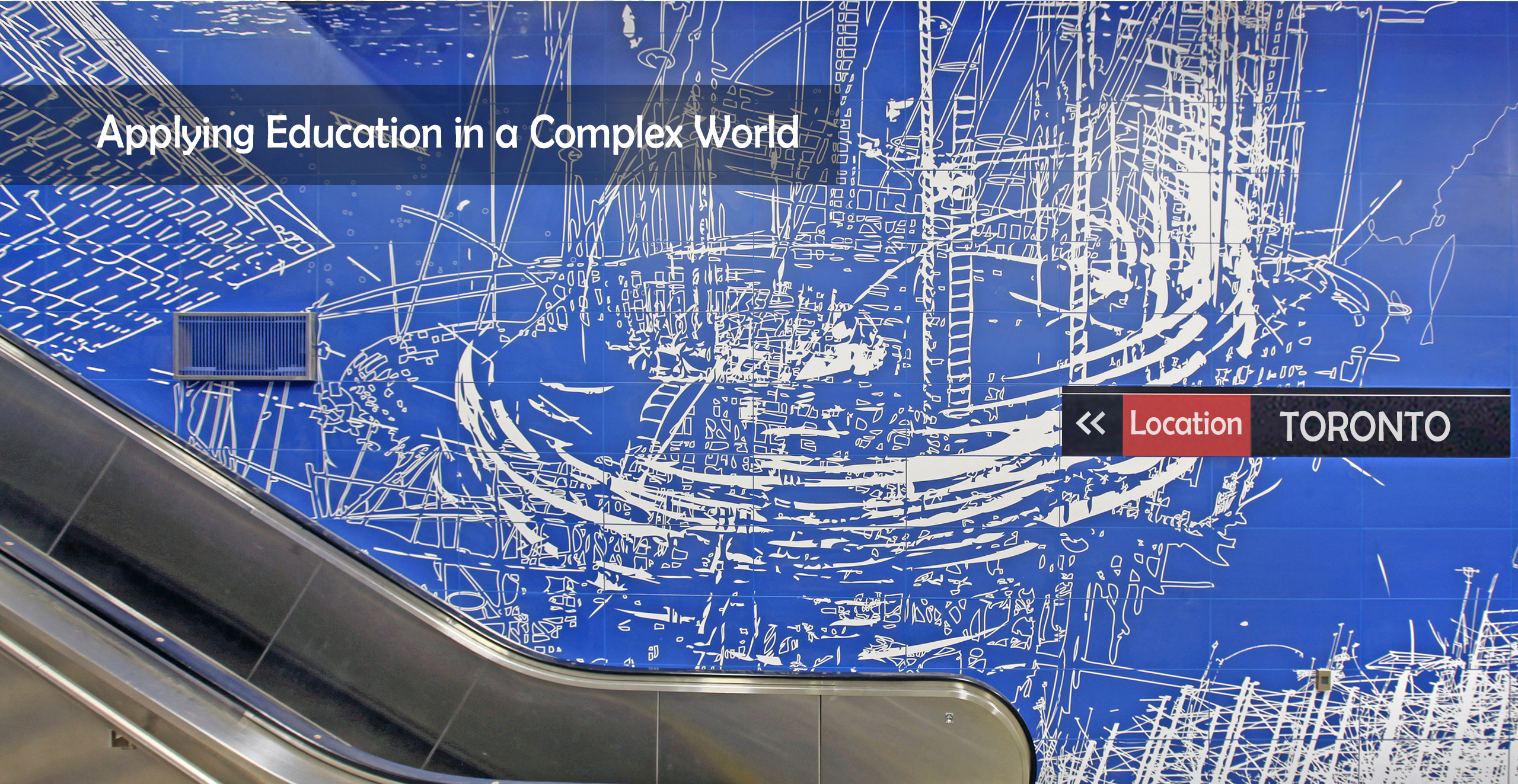Applying Education in a Complex World
Complexity theory, complex systems, complex strategies and a complex world. The range of concepts, practices, scenarios and metaphors through which we consider intricate, interconnected and changing phenomena is vast. The impact of this world view on how we operate is equally large. The education sector, like all those that make up the tapestry of contemporary societies and economies is not – and cannot be – immune.
The argument that the world in which today’s students will eventually work, will be different and more complicated that the one they currently know, has become a truism. It guides our thinking in multiple ways. In this scenario, education is becoming equally fluid. We not only prepare students to face the changes we see occurring today, but shifts and developments no one expects, or predicts. We are obliged to think outside disciplinary boundaries. We adapt constantly to changing methods of teaching. We address new and emerging professions. We negotiate the demands of learners, parents, industries and business.
While this scenario may be contested by some, it is also welcomed by others. This conference reflects on its implications from the perspective of its host institution, Sheridan College, Toronto. Here, the complexity of the world we operate in, is reflected in the complexity of teaching: interdisciplinary, engaged, embedded, creative and applied.
Around the theme of applying teaching in a complex world then, this conference brings together educators from a range of disciplines: art, design, technology, the social, health sciences and the humanities. It is premised on exploring the relationship between education as a practice in and of itself. Equally, it is centered on the application of education across multiple pedagogical and professional fields in a real, if changing, world.
It welcomes papers examining interdisciplinary teaching. It seeks examples of academic-industry collaboration. It calls for ideas on lifelong learning in the workplace. It explores how the arts connect with the sciences, and the cultural sector with health and social science. It asks how education can both shape and respond to social, political and technological change. In short, it asks how we are applying our teaching to the changing world we inhabit as teachers, and our students will inhabit as artists, designers, social scientists and professionals of varying sorts.
For more details on the specific areas of interest to Sheridan.
Image: NYSDOT


